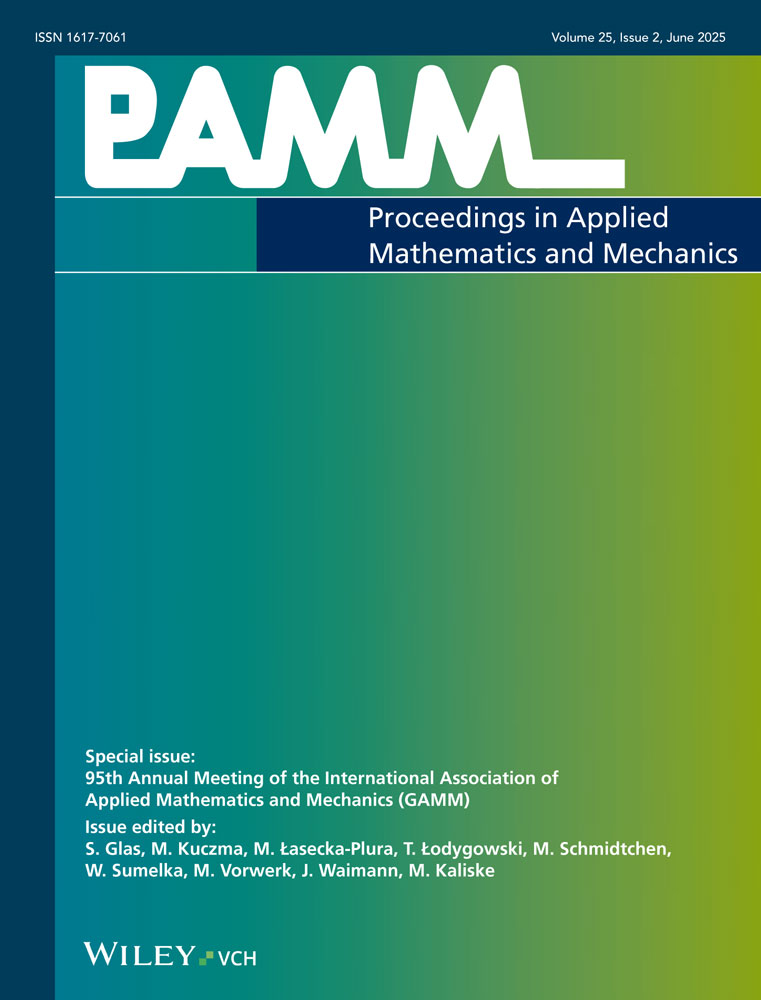Experimental-based material parameter identification of oocytes
Abstract
In comparison to other eukaryotic cells, mammalian oocytes are characterised by a relative high diameter allowing in turn a straightforward micromechanical testing to study their mechanical properties. The structure of mammalian oocytes is characterised by the so-called zona pellucida (ZP), a thick glycoprotein layer, surrounding the cells interior, the ooplasm. In contrast to other cells, where the load is mainly carried by inner cell structures, in case of oocytes a huge amount of external loads is carried by the ZP. Aim of this work is the determination of the mechanical properties of oocytes. Therefore, a micromechanical setup has been developed and installed on a microscope. Beside the determination of the force-strain relation during loading, the deformation of the oocytes has been recorded optically, too. Both, the force-strain curves and the optical recordings build the basis for a proper parameter identification technique based on the inverse finite element method. (© 2016 Wiley-VCH Verlag GmbH & Co. KGaA, Weinheim)




